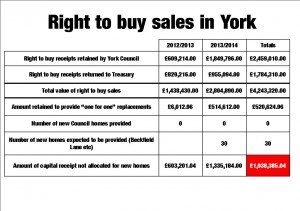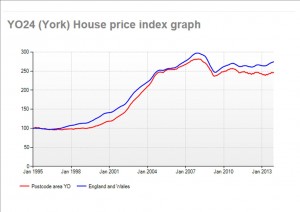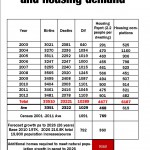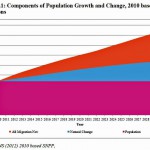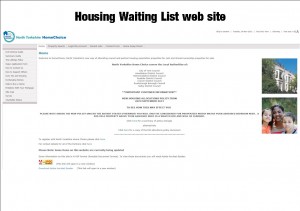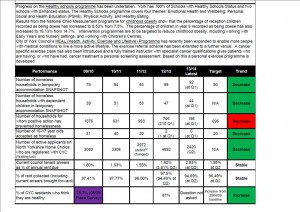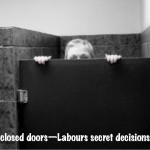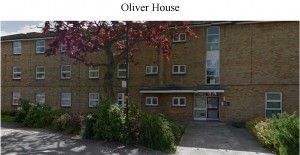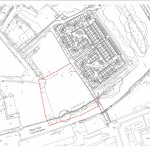The Council has been forced to reveal, in a response to a Freedom of Information request, how much it has received in income from “right to buy” Council housesales
Over the last 2 years the Council has received over £4 million from sales.
Part of this has to be returned to central government but £2.5 million was available for the Council to spend on replacement properties.
It has so far only committed to invest £520,624 on new properties (Mainly those scheduled for sites like Beckfield Lane).
The information was released only a day after the Council Leader had been forced to agree to consider whether some of the £13 million surplus on the housing account could be used to purchase properties on the open market.
Liberal Democrat Councillors have pointed out for months that, with the majority of applicants on the housing waiting list seeking single bedroomed accommodation, the quickest way to address their needs would be to purchase empty homes from the open market.
Instead of using the considerable resources available to the Council to provide additional social housing, the Councils Leadership have engaged in an ultimately pointless ramble about introducing a cap on private sector rent levels.
Such a “cap” would require Parliamentary approval and would not ultimately be of much help to the less well off, who have at least part of their rent paid through housing benefit
Lower rent levels could, therefore, reduce government expenditure on benefit payments but would also drive many “buy to let” landlords from the market (as they would be unable to repay their mortgages)
The Council Leader has also claimed that house prices have increased in York.
Although there are “hot spots” in the City and some growth in house prices over recent months, as the graph shows, prices have still not returned to their 2008 peak.

